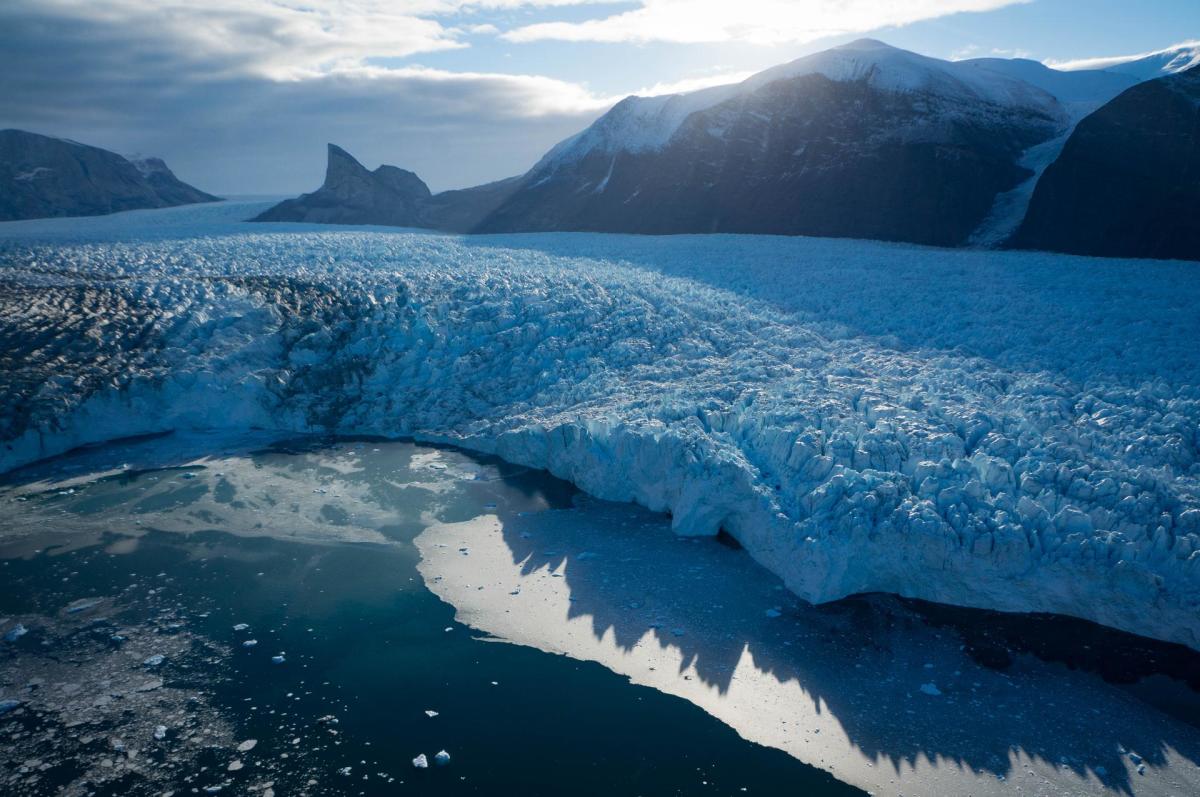The Greenland Ice Sheet Breaking in Real-Time, As Showed By Drones

For a recent study, scientists used a drone to examine the rapid breaking and decreasing of a lake on the Greenland ice sheet. Such a phenomenon becomes more common as a result of climate change. The ice is almost a kilometers thick, and in the summer, it is typical of the area to melt and create thousands of lakes.
Many of the lakes, however, drain so fast that it makes large openings at the core of the ice, up to a kilometer long. The results include a considerable quantity of meltwater, which continues to flow down until the end of summer, making some of the world’s biggest waterfalls. Such a thing has been tough to examine before.
Still, a team of glaciologists from the Scott Polar Institute at the University of Cambridge succeeded to notice some things in northwest Greenland, last year. After a short period, they observed how two-thirds of the lakes or roughly 5 million liters of water were gone from the area through a fracture.
Drones Unveiled The Greenland Ice Sheet Breaking in Real-Time
The drones captured before and after images that showed a dark blue oval shrink into a less, swallower, and brighter blue circle. Tom Chudley, the co-author of the study and a doctoral student at Cambridge, explains that “thing that drones do is allow us to take these kinds of high-quality measurements in regions that aren’t safe to access for scientists on the ground.”
Moreover, the team was able to geo-locate and join thousands of images that were, in turn, utilized to make detailed 3D reconstruction of the ice sheet’s area. They succeeded in doing that by using an on-board GPS. As it is known, a glacier is a river of ice that circulates gradually under its weight to the ocean. When it arrives at the sea, it crashes off into icebergs, which are estimated up to 40 % of Greenland’s supplement to increasing sea levels. The Store Glacier progresses at a rate of 600 meters/year.
The team discovered furthermore that the unexpected drainage of the lake briefly grew its speed from two to five meters/day. Chudley added, “As we see climate change progressing in Greenland, we see more lakes, and we’re seeing them get larger, and we’re seeing them higher up into the colder section of the ice sheet, and we can see that some of these are beginning to drain.”
0 comments